The Middle East is home to some of the most influential royal families and has the world’s last remaining absolute monarchies. Our region is the birthplace of the most prominent Sultans, Emirs, and Sheikhs who have greatly influenced and shaped our present. Today we decided to list the most influential royals and royal families.
The Royal Hashemite family of Jordan
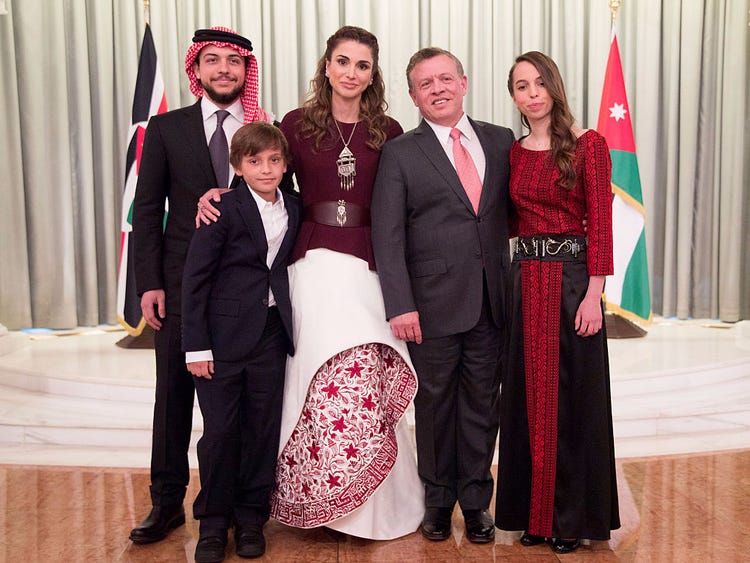
The Hashemite family has ruled Jordan since 1921 and has been a key player in the Arab world for around 75 years now. King Abdullah II took over the throne after his late father, King Hussein, passed away in 1999 and since then King Abdullah II has been an avid man of action in serving his country.
King Abdullah II rules side by side with humanitarian and fashion icon, Queen Rania, who married the King back in 1993. Her Majesty and the King have four children: Crown Prince Hussein, Princess Iman, Princess Salma, and Prince Hashem. Her majesty’s Instagram page is one of the most followed accounts in our region, with her always having been a dedicated advocate for women’s rights in Jordan among many other major humanitarian initiatives.
The Alawi Dynasty of Morocco
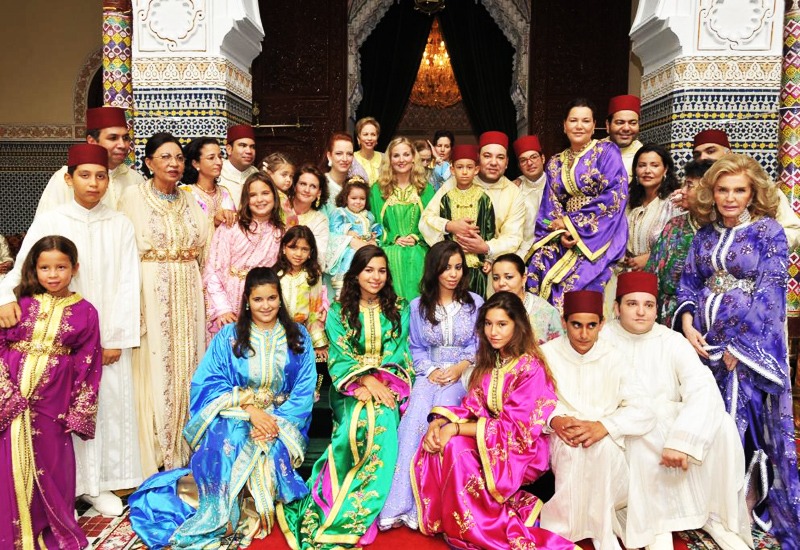
The Alawi Dynasty is considered to be the modern constitutional Kingdom of Morocco, which has been ruling the country since the 17th century. King Mohammed VI is the current ruler, ascending to the throne in 1999, and leading the works of varied developments that are aiming to improve the lives of millions of Moroccans and the reinforcement of the Kingdom’s general stability and socio-political infrastructure.
For the past 20 years, King Mohammed VI’s efforts to alleviate poverty have had success and have been acknowledged by the international community.
The Al Maktoum royal family of Dubai
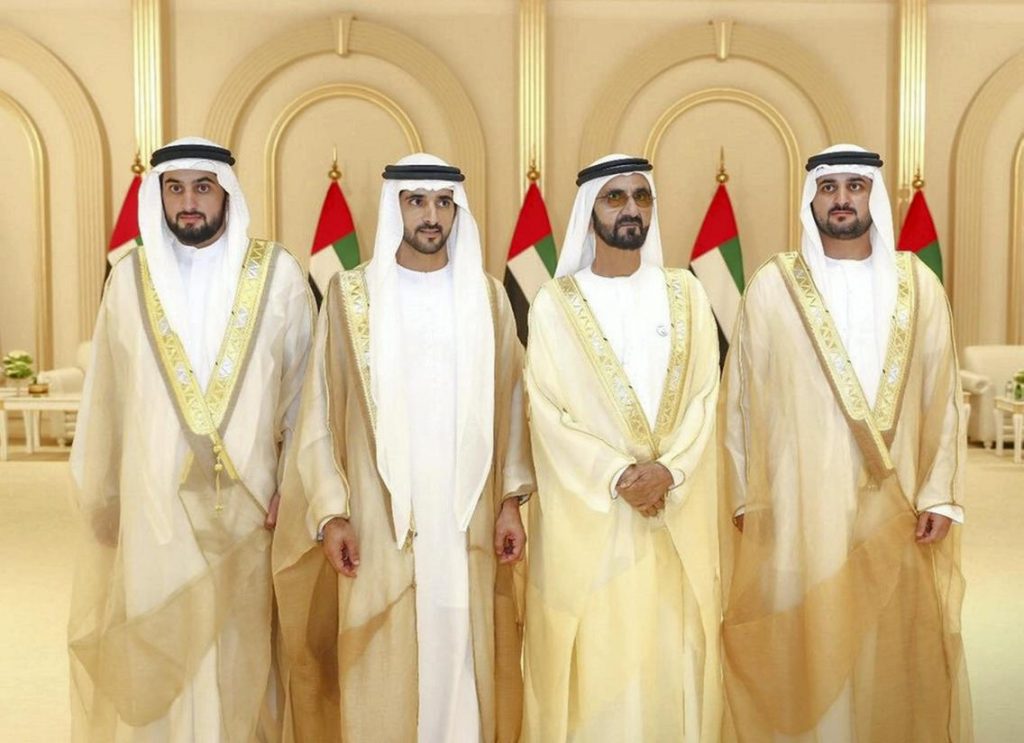
Sheikh Mohammed bin Rashid Al Maktoum is the ruler of Dubai and vice-president of the United Arab Emirates. He ascended to the throne in 2006 after his brother’s death at the age of 62 during a visit to Australia. Under his rule, Dubai’s development rapidly progressed. In fact, in 2008 a number of ambitious projects in the UAE were revealed, such as the world’s tallest building of Burj Khalifa, Dubai Mall, the world’s largest shopping center, and the Dubai Metro. Dubai’s construction boom was, and still is, widely acknowledged and backed by the international community.
The Al-Qasimi royal family of Sharjah
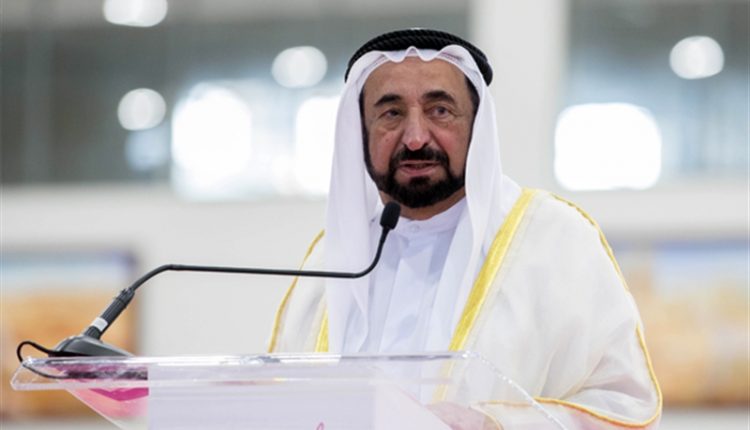
The royal family of Al-Qasimi rules two of the seven Emirates. The dynasty came into power in the 18th century when they moved from Ras Al Khaimah and Qishm. Sharjah was one of the wealthiest towns in the region and was an important port in the lower Arabian Gulf where strong trade, oil, and tourism flourished.
H.H Sheikh Dr. Sultan bin Mohammed Al Qasimi, the current ruler of Sharjah, has always been passionate about seeking knowledge and education, therefore his reign is actually playing a key role in promoting the emirate’s culture and economy.
The Al-Sabah Dynasty of Kuwait
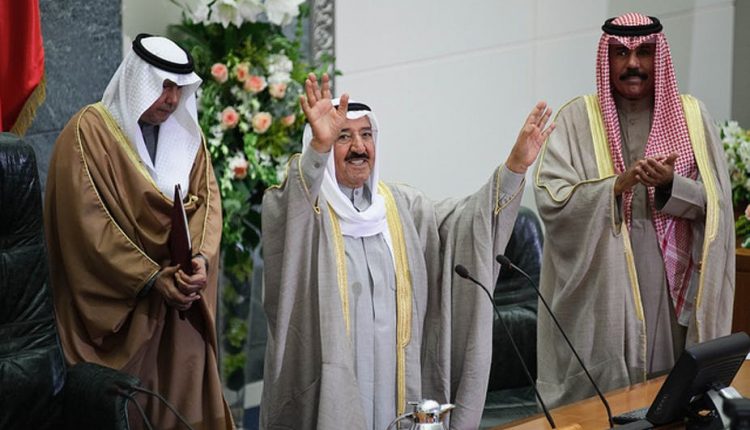
The Al-Sabah dynasty is the only constitutionally inherited monarchy in the region. Unlike any other monarchy, they didn’t seize power by force, however, they were given the responsibility to be the guardians of the state with the consent of the Nejdi Arab families of the Arabian Peninsula, the original settlers of Kuwait. In a nutshell, the Al Sabah were chosen as leaders by community consensus.
Sabah Al-Ahmad Al-Jaber Al-Sabah is the current ruler of Kuwait; he was sworn in as the fifth Emir of Kuwait in 2006. During his reign, he actually instituted one of the strongest press freedom laws in the Arab world and also sponsored Article 27 of UN resolution 2178 which focuses on abolishing Da’ish and other related terrorist groups.
H.R.H Princess Reema Al Saud of Saudi Arabia
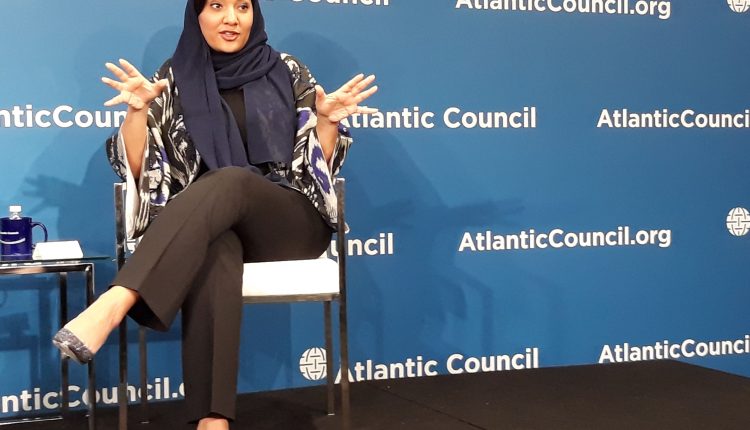
H.R.H Princess Reema Al Saud is a Saudi Arabian princess and ambassador to the United States. She took office as an ambassador in 2019, becoming the first female ambassador in Saudi Arabia’s history. Over the past years, Princess Reema has been a huge advocate of business growth, community health and women’s development issues. A true inspiration.



